I had hoped I’d eventually be able to curate a series for HowlRound that would showcase Colombian theatremakers—specifically offering a representation of queer, trans, Black, and Indigenous voices that are often rarely heard in the arts scene—as well as the 2020 Festival Iberoamericano de Teatro, which I was aware of. But as I got to know my new community, many were quick to inform me that the festival was exclusive and cost-prohibitive. And, even though my life was being enriched in many ways, I began to notice the more foreboding aspects of Colombian and Latin American culture as a whole: anti-Blackness, transphobia, xenophobia, and Indigenous oppression.
For the life of me, I just couldn’t look away. Every article about the harm being inflicted onto people more marginalized than myself—a fat, white-passing, queer Latinx artist—reminded me of my own trauma. As a burgeoning non-binary person who was facing a culture obsessed with upholding binaries due to the gendered Spanish language, and as someone whose Spanish was routinely policed by other Colombians, I began to withdraw. I told many people that the quarantine, brought on by the COVID-19 pandemic, was turning me into an introvert, but the truth was I was withdrawing from the community at least a month before isolation measures even began.
There came a point when I felt like I was only living in my apartment, while Colombia was Out There. I became so far removed from the theatre and arts scene in Bogotá that I felt my brain rot from the lack of social interaction. I would leave the apartment to go to Éxito and do my grocery shopping, and then go home and play a video game or make a collage. My only conversation was with the folks who worked the shop’s register, who would ask, “Tienes bolsita?”
Even though my life was being enriched in many ways, I began to notice the more foreboding aspects of Colombian and Latin American culture as a whole: anti-Blackness, transphobia, xenophobia, and Indigenous oppression.
I began to miss Philly so much, and my attention diverted from what was happening in Bogotá. I missed the queer, BIPOC, immigrant, and artist-activist communities that had shaped me—not just in theatre, but in dance and visual arts as well. My appreciation and love for the arts organizers who had advocated for these groups grew even further and I was eager to return to Philly with a renewed sense of responsibility towards these communities. At the same time, I noticed Philly was having its own reckoning within the theatre community and that the entire United States was experiencing a spiritual crisis due to the pandemic and the George Floyd protests.
I realized then that there are a lot of similarities between the tensions in Philly and Bogotá’s artist communities and their more well-funded institutions. As BIPOC theatre artists in the United States are still fighting for their own humanity, there’s the same lack of representation in Colombian theatre: an overwhelming majority of the theatre I had been experiencing consisted of blance (white) or mestize (mixed-race) performers, directors, and playwrights—in a country that seems to believe its perception of race is so different (which is to say, devoid of colorism) that it negates the need to talk about it in the first place.

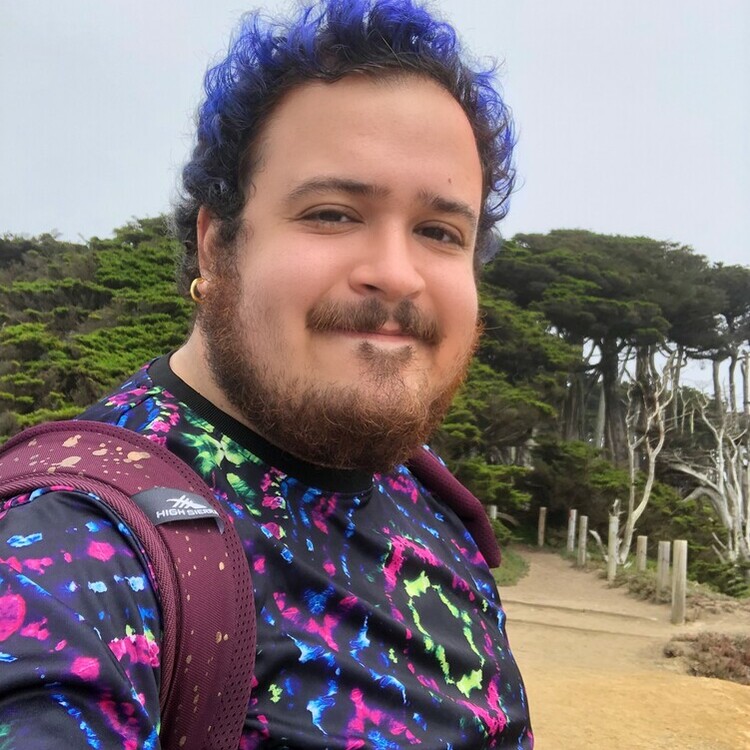
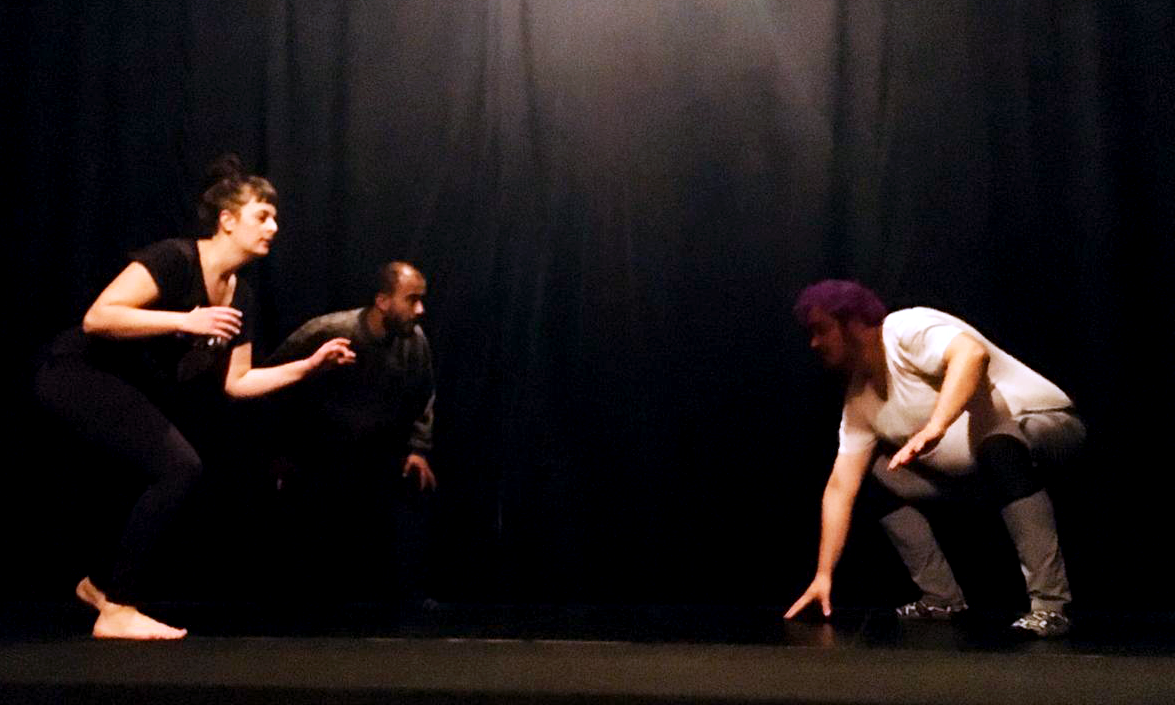
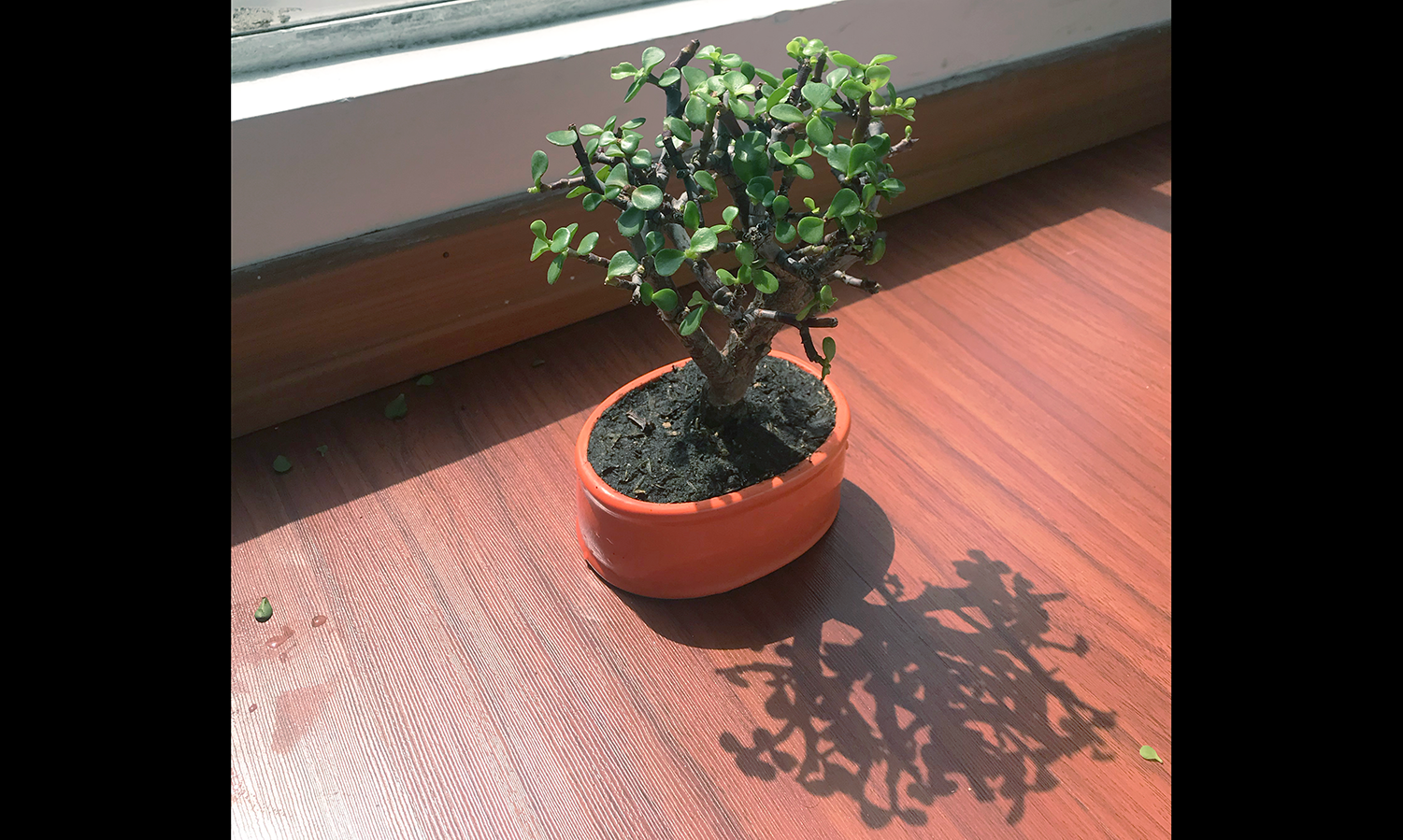
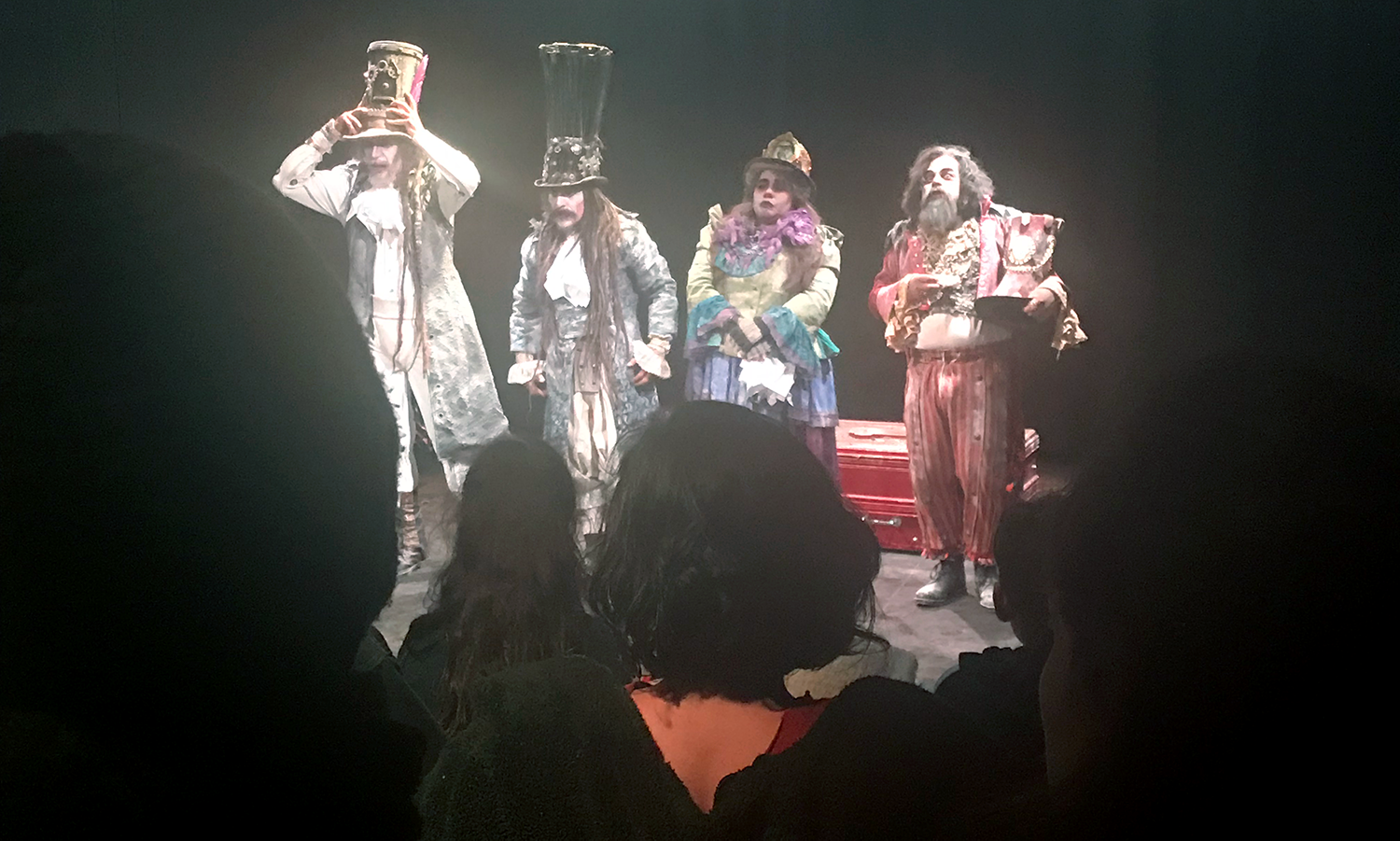



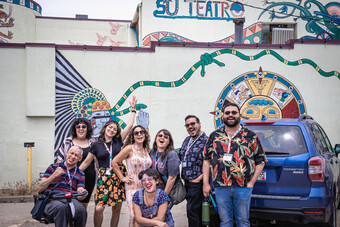

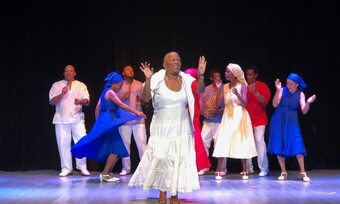



Comments
The article is just the start of the conversation—we want to know what you think about this subject, too! HowlRound is a space for knowledge-sharing, and we welcome spirited, thoughtful, and on-topic dialogue. Find our full comments policy here